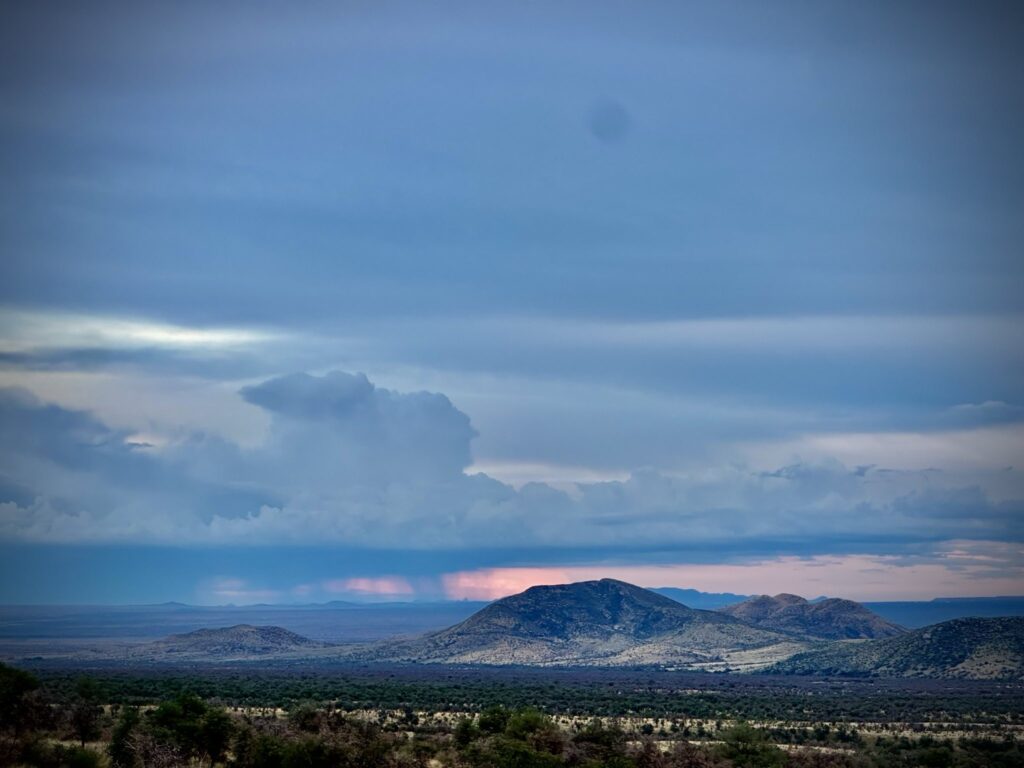
Ecology of the San Rafael Valley
Early writings of the vast network of North American grasslands speak of a “sea of grass” that “staggered the imagination” (Hadley & Basurto 2006). This is nowhere more clear in the stunning binational grasslands of the San Rafael Valley that span Arizona-Sonora. This valley has been a space of connectivity between humans and wildlife alike, before time itself.
Here, the stage is set for the grandeur of the Sky Islands, as these isolated mountain ranges rise up out of the vast landscape and come into full effect here in these unique US-Mexico binational grasslands and rolling plains.
photo courtesy of Russ McSpadden
The San Rafael Valley is located between the Patagonia Mountains to the west and the Huachuca Mountains to the east. These are the headwaters of the Santa Cruz; water is a way of life here. Humans and wildlife have long depended on this region—and have moved across it. Though the San Rafael is made up of mostly private lands today, this binational valley has been been connected to human existence before time itself—Indigenous Peoples have collected grasses for weaving, ranchers have used these lands for cattle grazing, recreationists find solace and peace in one of the last truly “wild” spaces that remains in North America. To lose it would be devastating—to humans and wildlife alike.
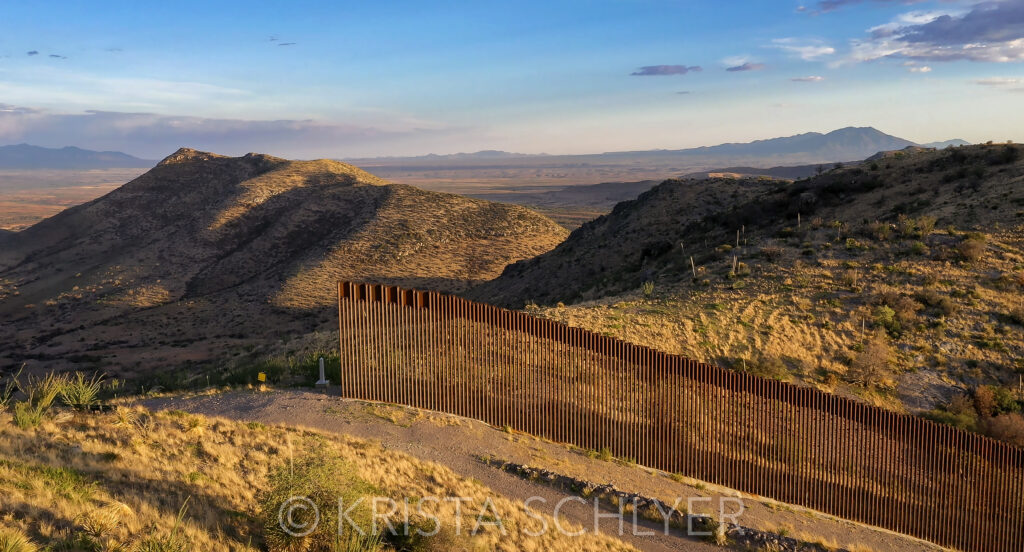
Current Threat: 27 miles of border wall, construction through the last unwalled stretch of borderlands in Arizona for 900 days.
- 27 miles of border wall
- construction crews and camps throughout the area
- road traffic and human vehicle disturbance
- water pumping and overuse
- militarized zones
- lack of/threats to access on public lands
photo courtesy of Krista Schyler
an ecological
lifeline
connecting the
transboundary
sky
islands
Biodiversity in the San Rafael Valley
What species are present here?
Mammals
- mule deer and white-tailed deer
- pronghorn
- black bears
- jaguars
- mountain lions
- ocelots
- gray fox
- coatimundis
Birds & Bats
- migratory birds
- Gould’s turkey
- Mexican spotted owls
- 11 species of bats
Reptiles/Amphibians
- Sonoran tiger salamanders
- Chiricahua leopard frog
Insects
- Monarch butterfly
Plants
- 1000+ documented plant species
A loss of this magnitude would be irrevocable for the region.
Below, meet some of the species we are set to lose if border wall construction continues here.
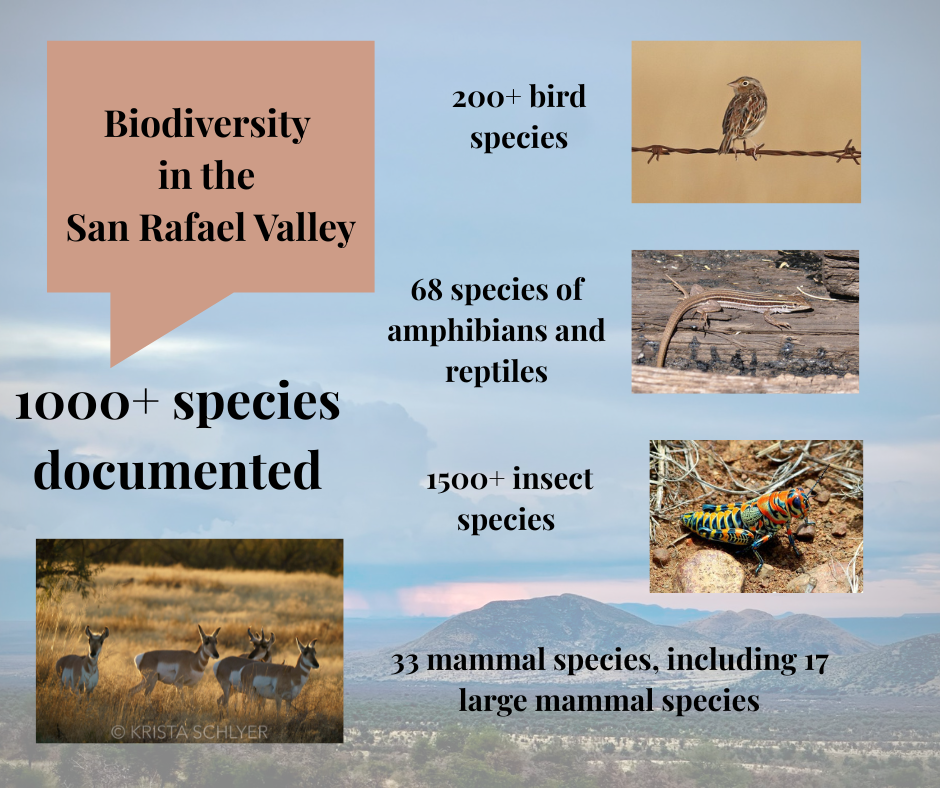
Home to over 1000+ species of mammals, birds, reptiles, and insects, the San Rafael Valley is arguably one of the most biodiverse regions in the United States.
This binational shared landscape between the United States and Mexico sees the transnational movements of charismatic large mammals such as mule deer, pronghorn, javelinas, mountain lions, and more.
A 2024 study by the nonprofit Sky Island Alliance + Wildlands Network documented 17 large wildlife moving through the existing vehicle barriers at the border in the San Rafael Valley, including mule deer, white-tailed deer, pronghorn, bobcat, javelina, and black bear.
While species can cross through the existing vehicle barriers, a physical wall would be much more difficult—and some species will never recover. Movement corridors used by wildlife throughout time will be forever severed—impacting access to food, water, mates. Building a border wall here has the potential to lead to genetic isolation and/or species extinction.
To read more about wildlife and the wall, click here.
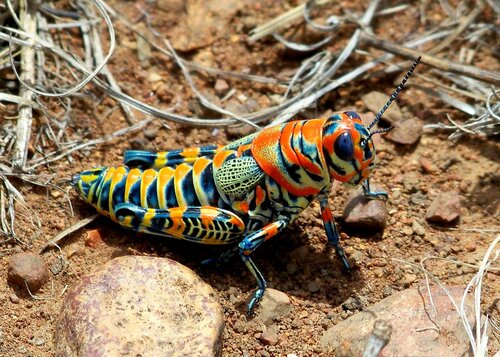
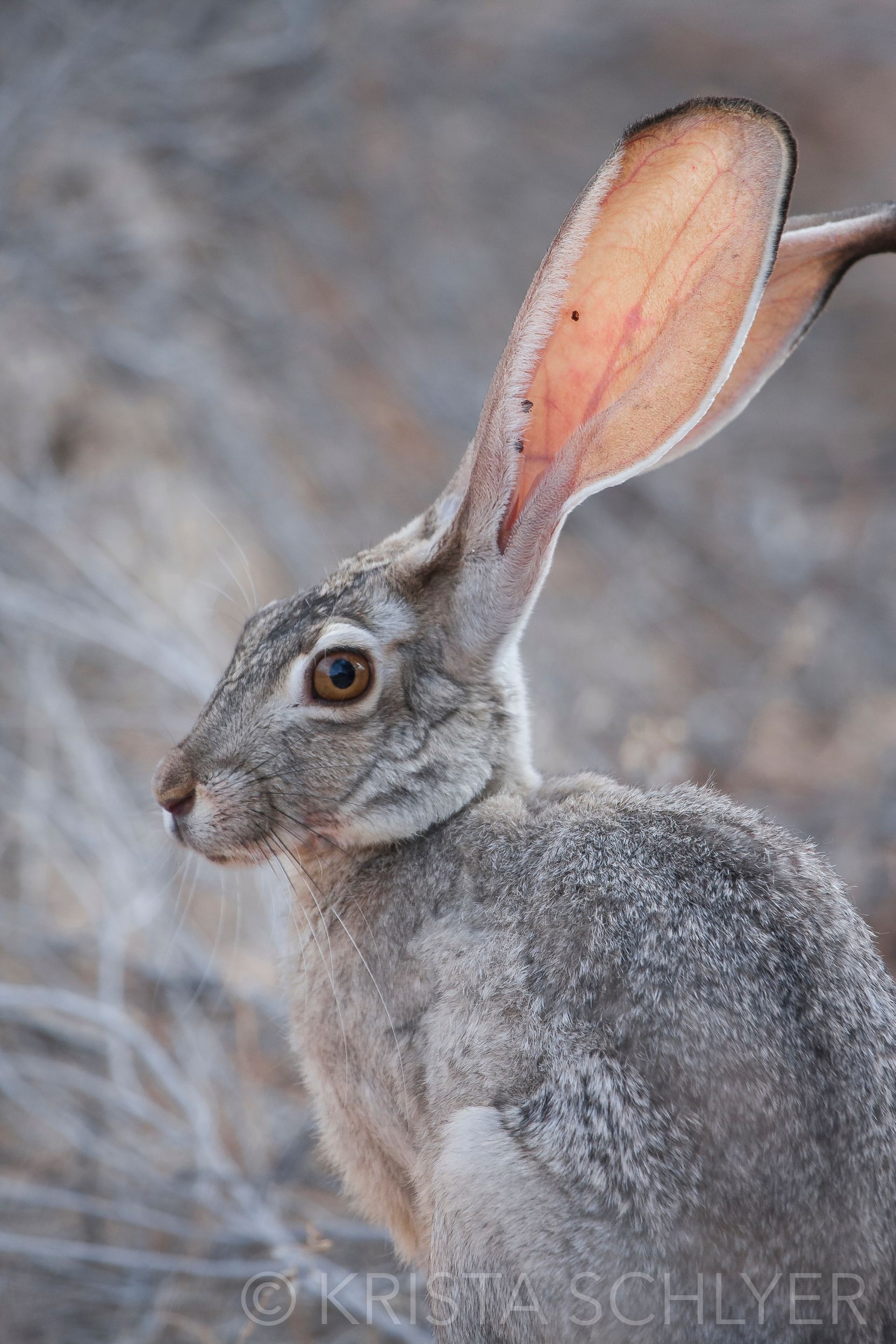

iNaturalist Boundary
One way to see the vast biodiversity of the San Rafael Valley on display is by checking out an iNaturalist boundary survey of the region. You can help document the life—and what we stand to lose—by participating in this citizen scientist project.
If border wall construction continues through this vital space of connectivity, this loss will be felt for generations to come.
Sonoran pronghorn; photo courtesy of Krista Schyler
The San Rafael Valley: One of the last remaining and ecologically intact short-grass prairies in North America
The binational San Rafael Valley and its majestic grasslands sustain vital populations of birds, insects, reptiles, and large mammals such as black bears, mule deers, and the evasive, elusive jaguar.
Notable for their beauty and expansive imagery, the San Rafael Valley grasslands were even chosen as the iconic Americana setting for the Hollywood cult-classic musical Oklahoma! But they are much more than this; these grasslands have been connected to human and wildlife populations throughout time eternal.
The grasslands of the San Rafael Valley are also vital habitat for grassland bird species and meet the global IBA (Important Bird Area) criteria as “rare, unique, or exceptional representative habitat/ecological community.”
What do we know about the grasslands of the San Rafael Valley?
- semidesert grassland dominated by perennial grasses
- headwaters of the binationally important Santa Cruz River
- elevation range 3600-5500 feet
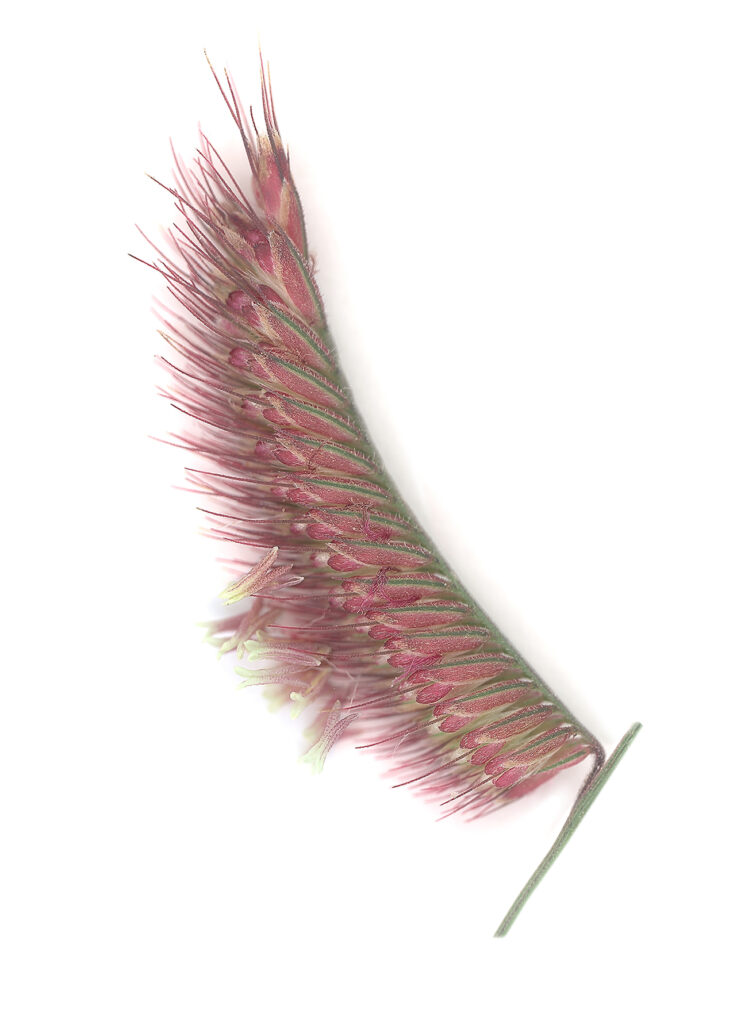
What species of grasses occur in the San Rafael Valley?
- black grama
- slender grama
- chino grama
- spruce top grama
- bush muhly
- several three-awn species
- Arizona cottontop
- curly mesquite
- slim tridens
- pappus grass
- tanglehead grass
- vine mesquite grass
- and more (see Brown 1994 or here)
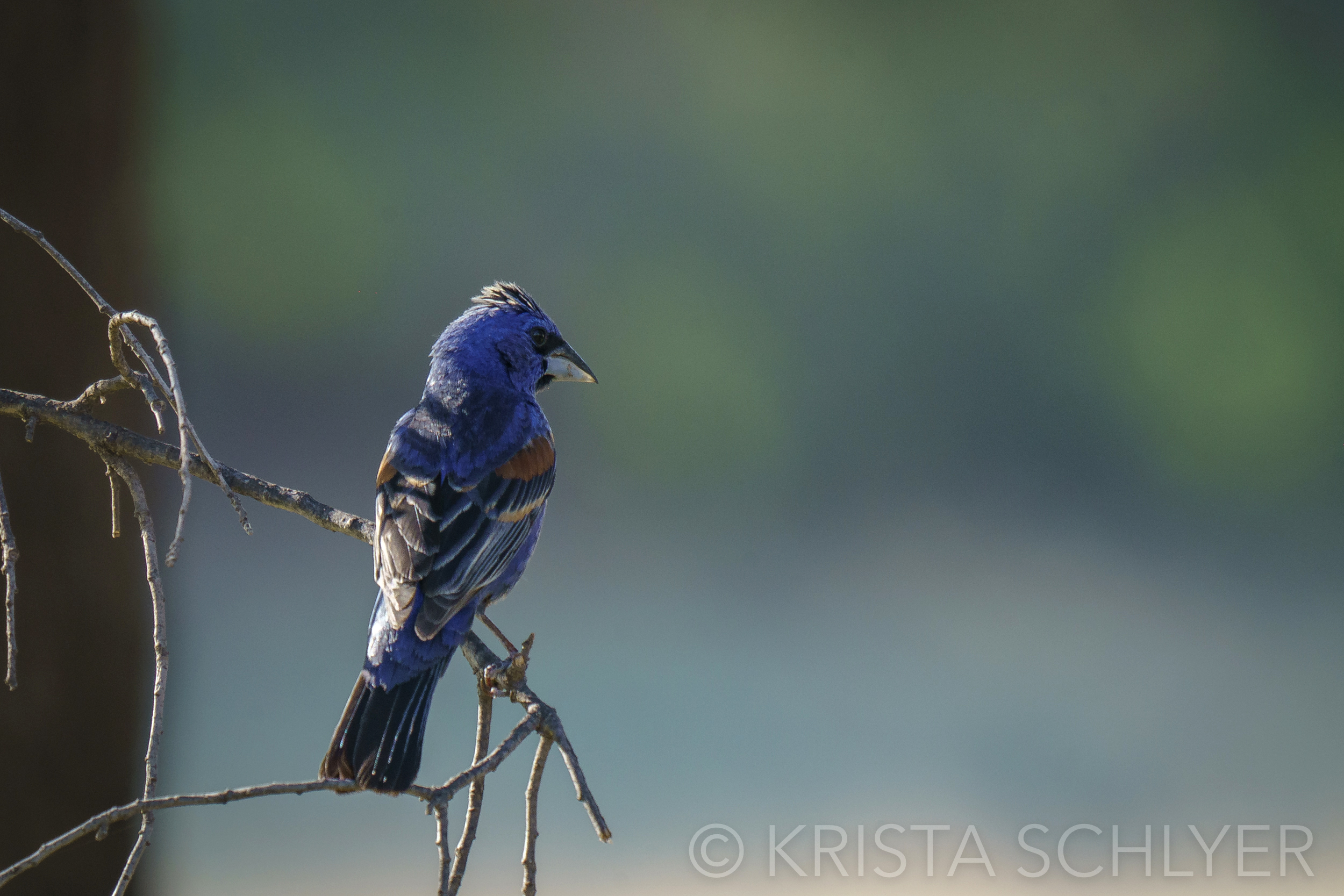
What bird species depend on these grasslands?
As a global Important Bird Area (IBA), the San Rafael Valley is a biodiversity hotspot for grassland and neotropical migrating bird species.
- Chestnut-collared longspur
- Cassin’s sparrow
- Arizona grasshopper sparrow
- Brewer’s sparrow
- Savannah sparrow
- Lincoln’s sparrow
- Prairie falcon
- American kestrel
- Sprague’s pipit
- Northern harrier
- Golden eagle
- Swainson’s hawk
- White-tailed kite
- Scaled quail
- Montezuma quail
- Thick-billed longspur
- Botteri’s sparrow
- Western meadowlark
- Chihuahuan meadowlark
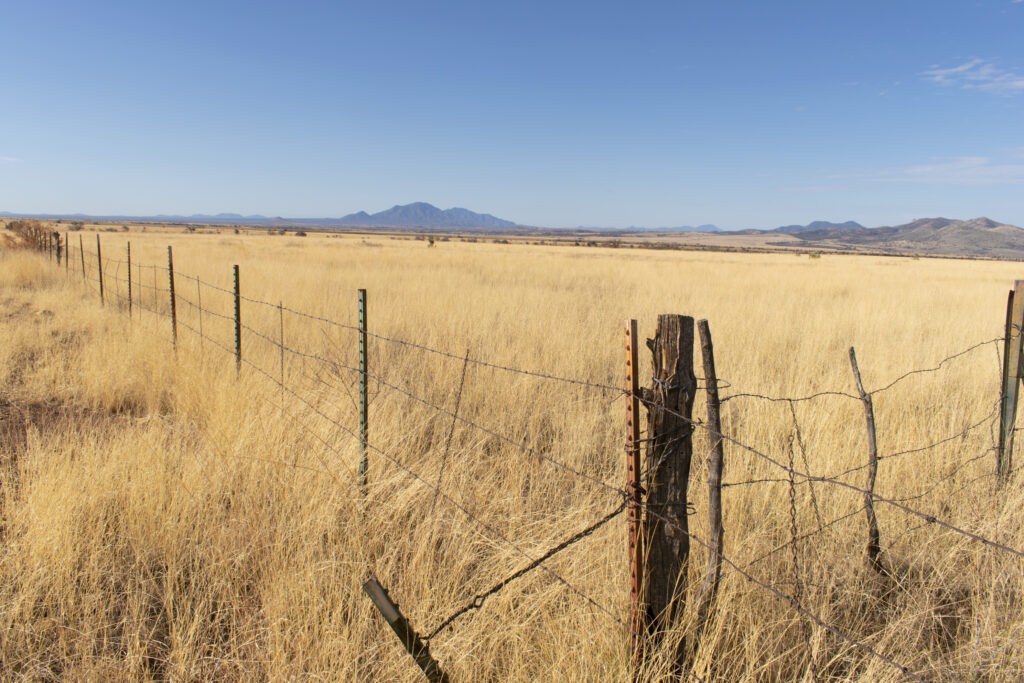
Many of these species are already threatened due to drought, climate change, and human disturbance. To bring more construction and increase species disjunction in the San Rafael would irrevocably change the shape and ecological communities of the landscape—potentially for good.
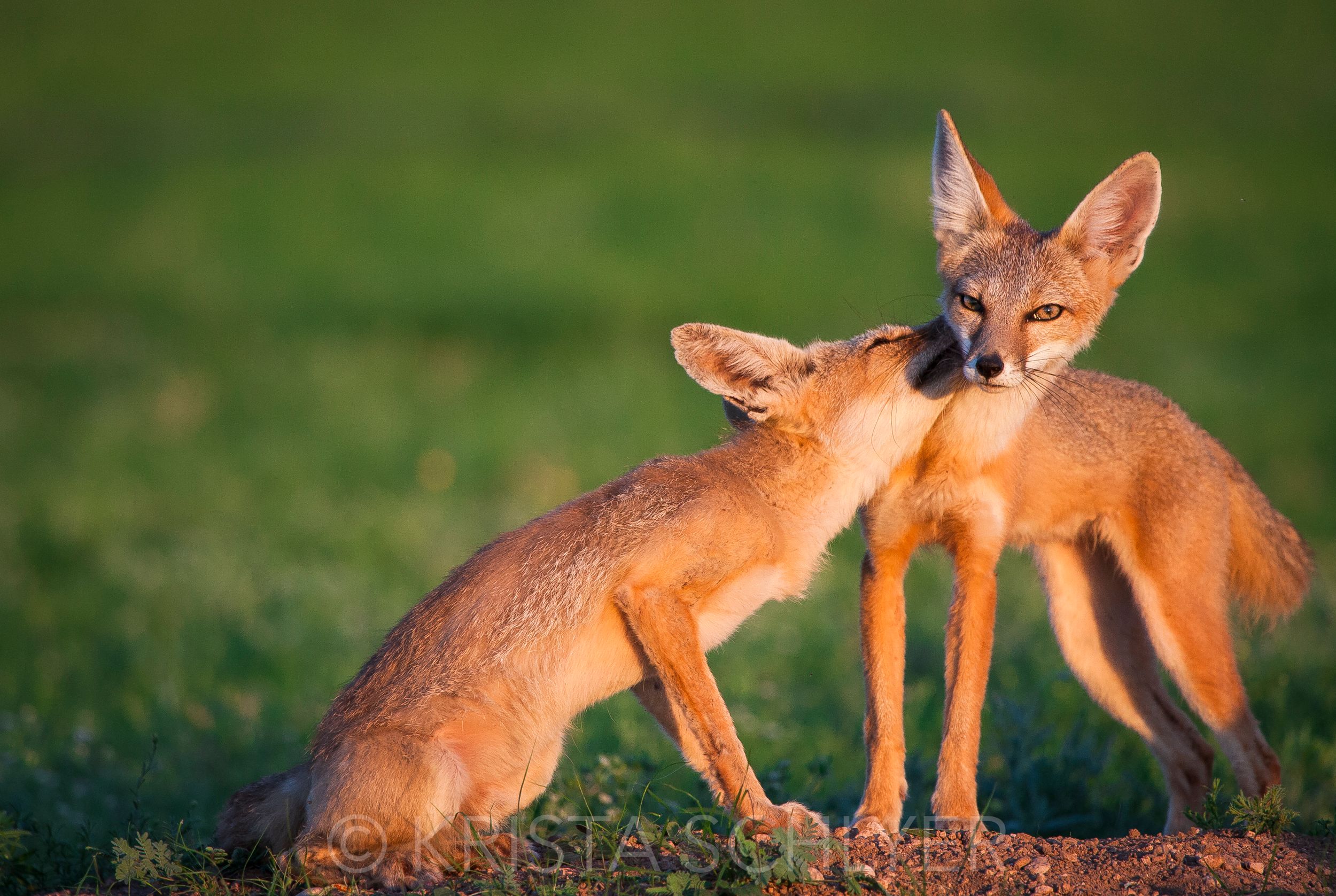
Stay tuned as we share more stories of the ecology of this region and the impact of border wall barrier and construction on this ecological community!
What can you do?
Join us!